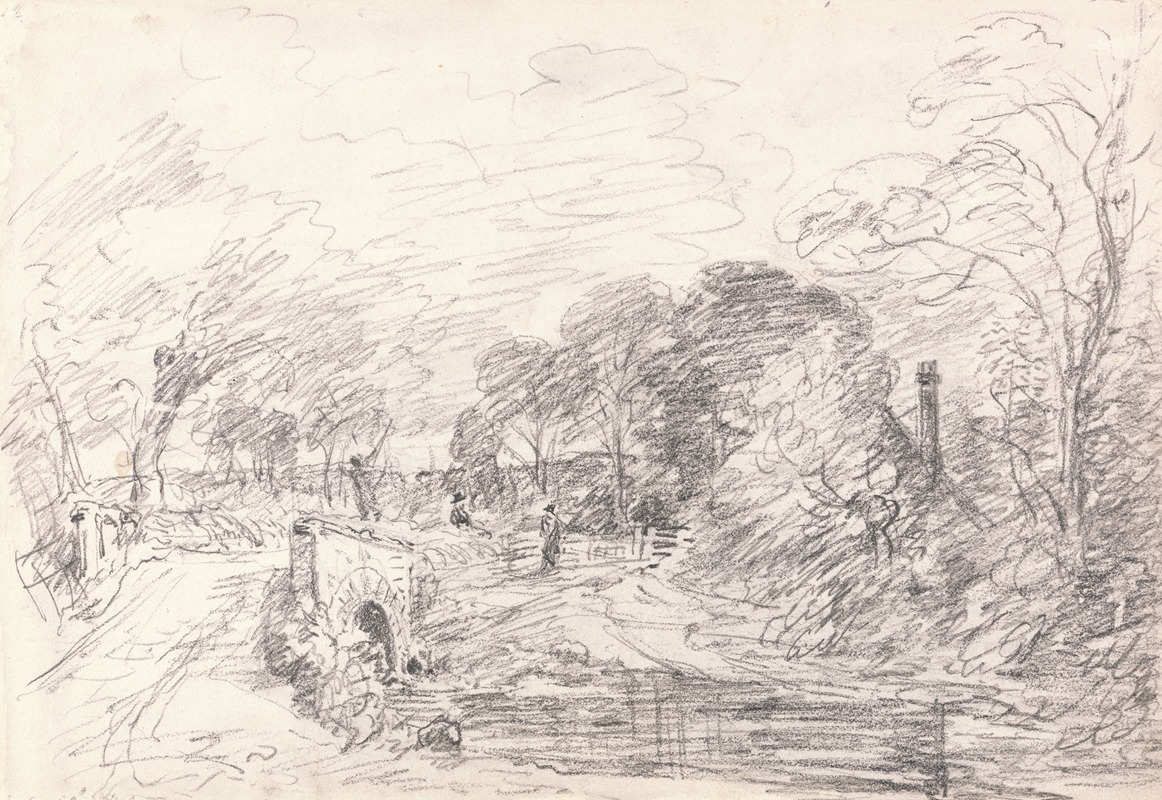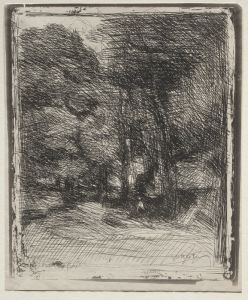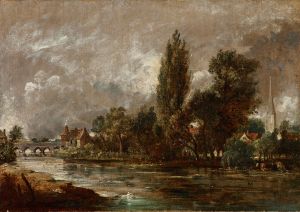
A Bridge near Salisbury Court, Perhaps Milford Bridge
A hand-painted replica of John Constable’s masterpiece A Bridge near Salisbury Court, Perhaps Milford Bridge, meticulously crafted by professional artists to capture the true essence of the original. Each piece is created with museum-quality canvas and rare mineral pigments, carefully painted by experienced artists with delicate brushstrokes and rich, layered colors to perfectly recreate the texture of the original artwork. Unlike machine-printed reproductions, this hand-painted version brings the painting to life, infused with the artist’s emotions and skill in every stroke. Whether for personal collection or home decoration, it instantly elevates the artistic atmosphere of any space.
"A Bridge near Salisbury Court, Perhaps Milford Bridge" is a painting by the renowned English Romantic painter John Constable. Constable, born in 1776 in East Bergholt, Suffolk, is celebrated for his landscape paintings that capture the natural beauty of the English countryside. His works are characterized by their detailed and realistic portrayal of nature, often emphasizing the changing effects of light and weather.
This particular painting, "A Bridge near Salisbury Court, Perhaps Milford Bridge," is believed to have been created around 1820-1825, a period during which Constable produced some of his most significant works. The painting depicts a serene rural scene featuring a bridge, which is thought to be located near Salisbury Court. The exact identification of the bridge remains uncertain, but it is often suggested that it could be Milford Bridge, based on the geographical and architectural elements present in the artwork.
The composition of the painting showcases Constable's skill in rendering natural landscapes with a high degree of realism. The bridge, constructed of stone, spans a tranquil river, with lush greenery and trees surrounding the scene. The sky above is depicted with Constable's characteristic attention to the effects of light and atmosphere, capturing the transient nature of the weather. The use of light and shadow in the painting enhances the three-dimensional quality of the landscape, drawing the viewer's eye into the depth of the scene.
Constable's technique involved the use of loose brushstrokes and a palette of natural colors, which contributed to the lifelike quality of his landscapes. He often painted en plein air, directly observing and sketching the scenes he later developed into finished works in his studio. This method allowed him to capture the immediacy and dynamism of the natural world, a hallmark of his artistic style.
The painting reflects Constable's deep connection to the English countryside and his desire to depict it with authenticity and reverence. His works were not only artistic expressions but also a celebration of the rural landscape, which he felt was under threat from the rapid industrialization of the time. Constable's landscapes often evoke a sense of nostalgia and a longing for the pastoral simplicity of rural life.
"A Bridge near Salisbury Court, Perhaps Milford Bridge" is part of Constable's broader body of work that includes other iconic paintings such as "The Hay Wain" and "Dedham Vale." These works have cemented his reputation as one of the foremost landscape painters of the 19th century. Constable's influence extended beyond his lifetime, inspiring subsequent generations of artists and contributing to the development of landscape painting as a significant genre in Western art.
Today, John Constable's paintings are held in high regard and are featured in major art collections and museums around the world. "A Bridge near Salisbury Court, Perhaps Milford Bridge" continues to be appreciated for its artistic merit and its representation of Constable's unique vision of the English countryside.


















